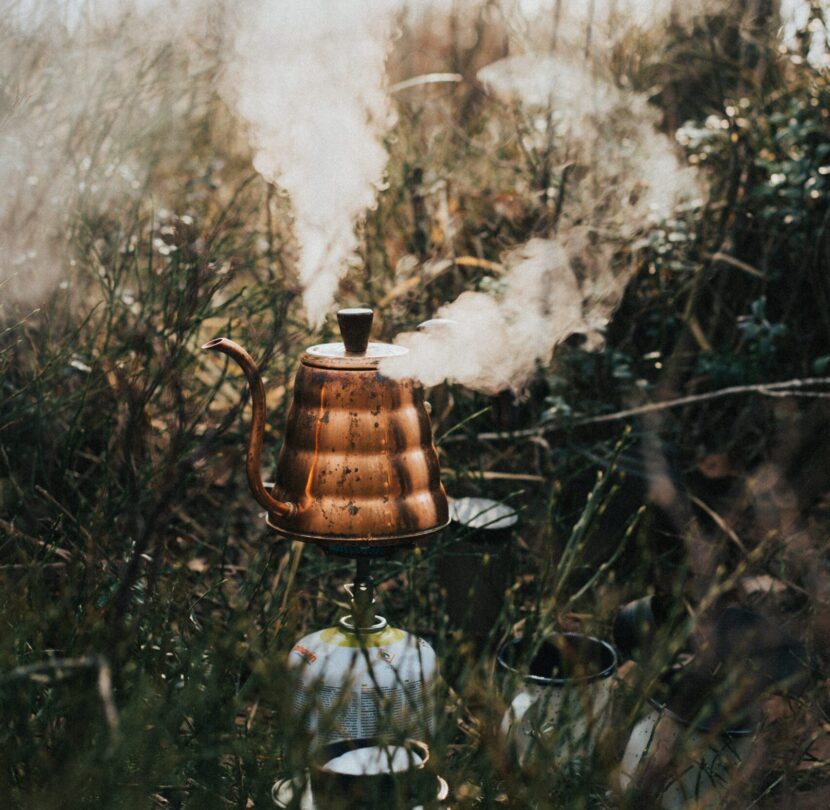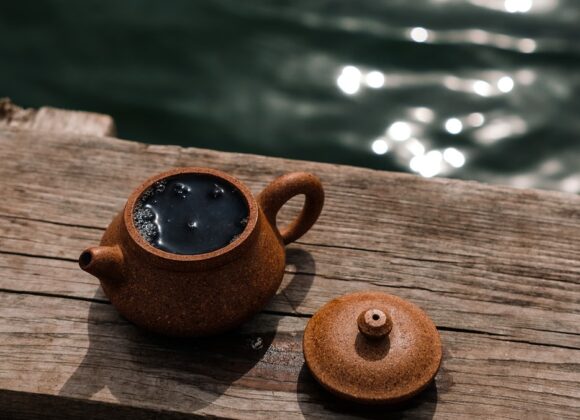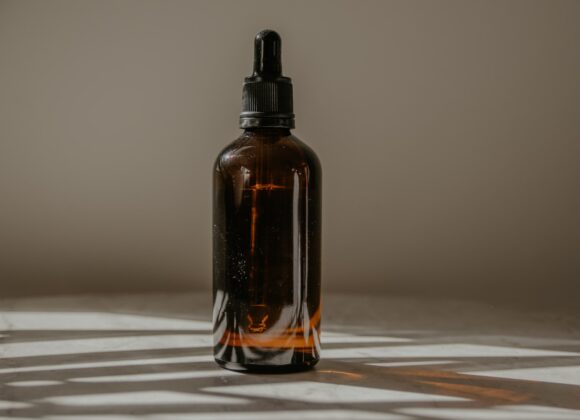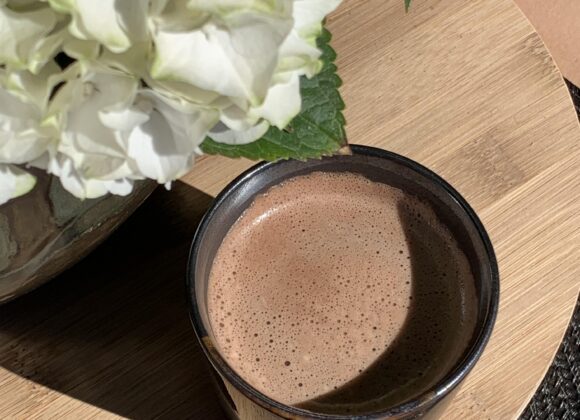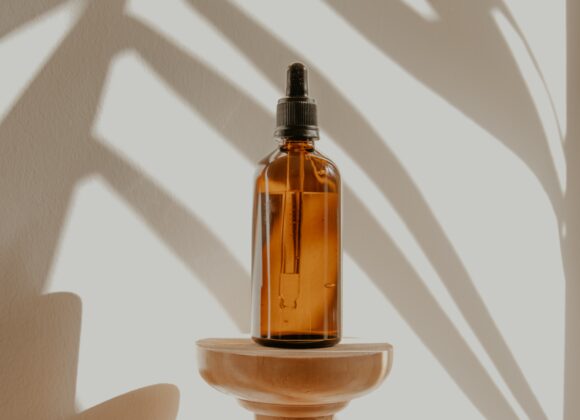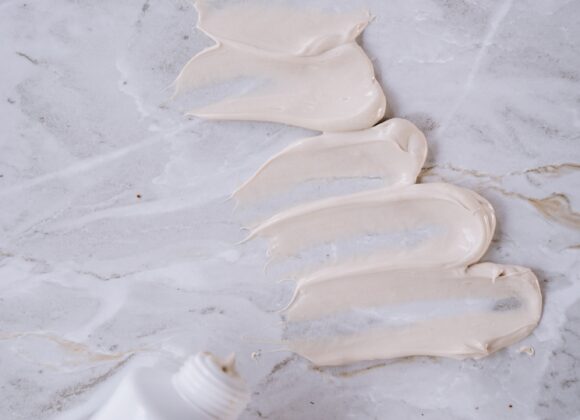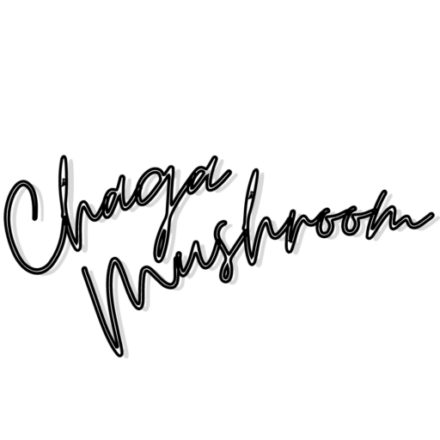With the water extraction method, Chaga is steeped in hot water for hours. During that process, the fungus’s cells are broken down and water-soluble compounds from the raw Chaga are dissolved. When finished, the leftovers of raw products, as well as additional not soluble compounds that are left in the water, will be discarded after the process is finished. Water extraction can also be referred to as Chaga tea.
Hot water extracts deliver high levels of melanins, polyphenols, polysaccharides, and beta-glucans. The benefits include, but are not limited to stimulation of the immune system, antiviral properties, healthier skin, hair, and nails. Hot water extraction is a rich source of antioxidants, protecting against UV radiation and oxidative stress caused by free radicals. It’s a great source of essential minerals, vitamins, and amino acids for a daily health boost.
Chaga water extraction
Ingredients
- 120 grams Chaga powder or chunks
- 2 litres water
Instructions
- In a saucepan, combine the Chaga and water.
- Bring to a simmer (don't let it boil), and then let it simmer slowly for two hours. Check it often!
- Remove from heat and let cool completely.
- Strain out the Chaga chunks, store in a fridge and reserve the chunks for a batch of tea in the future.
- Store chaga in a glass bottle in a cool, dry location.
Notes
To make the Chaga water extraction first, the mushroom needs to be harvested. It’s recommended to cut the Chaga into chunks whilst it’s still fresh and moist before leaving it to dry over a few days. Once your chunks are dried tea can be made with either powdered Chaga or by adding little pieces into boiling water. After making a batch of tea strain out the Chaga and leave it to dry since it can be reused a few times.
How does Chaga taste?
Chaga tastes and smells like tree bark–but, and that in a positive way. Once processed, Chaga has beautiful sweet undertones to it. Taste is often a good indicator of the mushrooms’ source and quality. If you’ve ever had kukicha or twig tea, the Chaga flavor resonates with them.
As we have mentioned before, it’s easy to be fooled by money-hungry suppliers. That is because it’s hard to distinguish the quality of Chaga by looks alone.
You need to know what you’re asking for and trust the integrity of your seller if you’ve decided to purchase Chaga. Often times Chaga tastes off when it has been harvested from a dead tree, or as a result of bad processing, your fungus might be contaminated.
Related: Not everything that’s good for us tastes bad
How to make Chaga tea taste better?
Raw Chaga itself does no harm nor good for your body, but Chaga tea should be brewed with dried Chaga chunks or powder.
The length of brewing is something we recommend you experiment with, to adjust it to your taste. Just bear in mind the longer you let your tea simmer, the richer the color, taste, and potency of the Chaga fusion. Some people like to let their tea simmer over several days.
Test out different at-home recipes, like adding Chaga to your hot chocolate or enjoying it with milk and honey. Add in different spices to your brews like a cinnamon stick, a few cloves, one to two cardamom pods, and some ginger. Take inspiration from the warm beverages you enjoy.
Related: Recipes
Three things affecting the taste and quality of your Chaga
01. The fungus might have been dead for some time
Chaga will only stay alive and sterile whilst the host tree is living. Meaning that once the birch tree has died, the mushroom has died along with it and will only develop fruiting bodies to start another life cycle.
The optimal time for harvesting the fungus is in spring when the birch sap has started to run. The sap contains dissolved mineral salts and nutrients, which are also absorbed by the fungus and made bioavailable for you upon consumption.
03. Your stash might be contaminated
Whether you’ve decided to harvest Chaga yourself, bought it locally, or decided to go with a supplier, the most important part of preparing the mushroom is drying it. It’s suggested to cut the harvested Chaga into small chunks, while it’s still moist, often right next to the tree. That’s because once the fungus has been removed from the birch it’ll slowly start to dry out.
The biggest problem with harvested Chaga is mould. There are two most prevalent types, of which the more common is white mould on the Sclerotium – black outer layer and a greenish-blue mould in the inner layer. Both develop with improper processing and storage. Mould and mycotoxins can make Chaga toxic, and taste bitter.
RELATED: How to dry Chaga and stay clear from mold?
To avoid health hazards caused by mould, Chaga needs to be properly dried. The process of drying Chaga isn’t complicated, just make sure not to let the temperature exceed 50 degrees Celsius. Feel free to use a dehydrator or dry them in an oven by keeping the oven door somewhat open for airflow, perhaps you’ll even find a dry, warm, well-ventilated spot to leave the Chaga to dry safely. Experiment with different tools available for you. The drying process generally takes a few days, up to weeks if dried in the sun.
Once your Chaga is dry you want to store it in a cool, dry place, away from direct sunlight. When stored properly, dried Chaga can last for years.
0.3 You haven’t found the right Chaga recipe
Raw Chaga itself does no harm nor good for your body, but Chaga tea should be brewed with dried Chaga chunks or powder.
The length of brewing is something we recommend you experiment with, to adjust it to your taste. Just bear in mind the longer you let your tea simmer, the richer the color, taste, and potency of the Chaga fusion. Some people like to let their tea simmer over several days.


